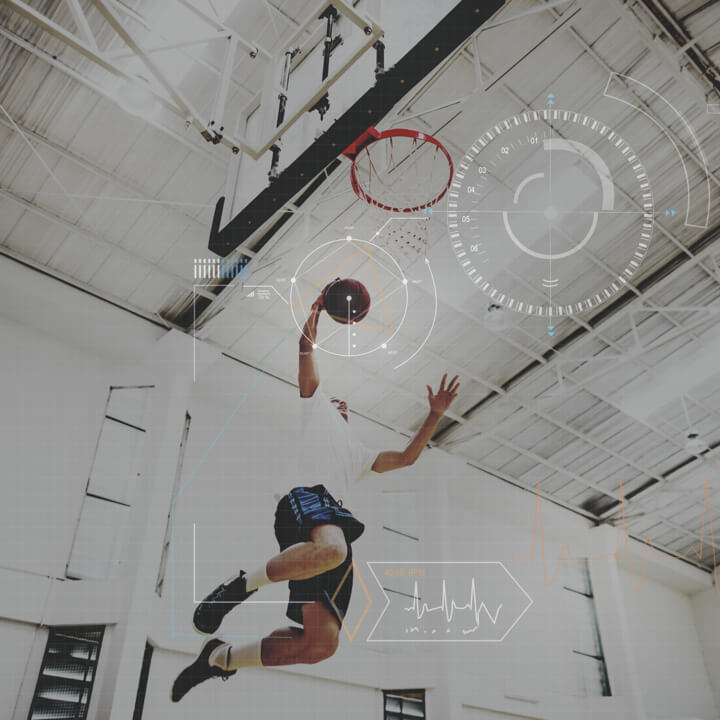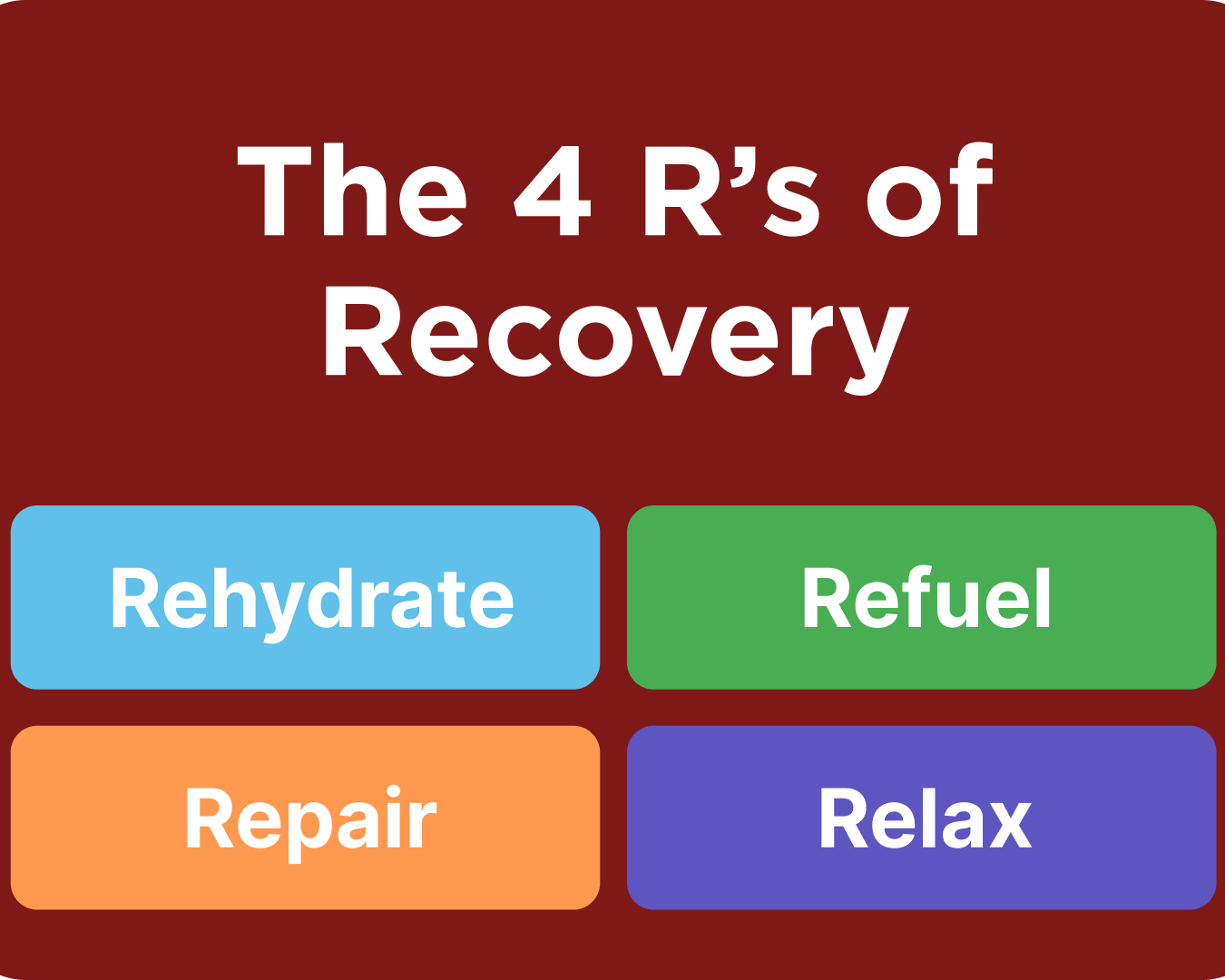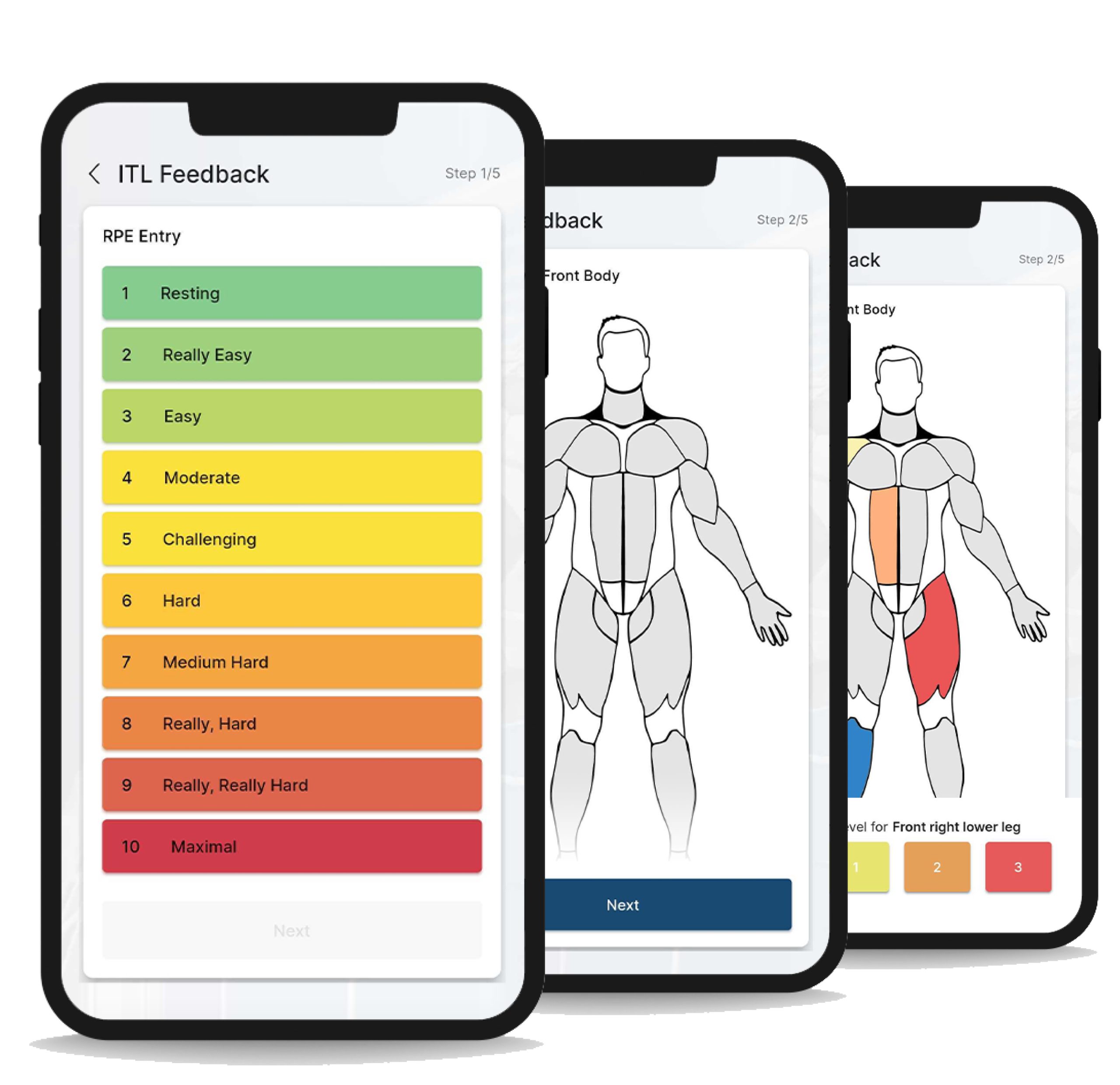Importance of resistance training in team sports has been highly emphasized during the last decades. Positive influence of strength and power development on athlete's health and performance is unquestionable. Ranging from improvements in bone mineral density, muscle-tendinous structure and function, economy of running and moving, followed by of course increase in force production, jumping, sprinting and change of direction performance (Suchomel, 2016). However, manifestations of force application vary in different sports and their specific environments. In order to have a deeper understanding of strength training's role in basketball we need to consider the demands of a given sport.
Why the need to lift heavy?
Basketball is a sport that requires multiplanar movements to be executed in an ever-changing environment at various forces, angles, speeds, and over various lengths of time. As a result, the adaptations made from resistance training help the athlete to meet the physiological and mechanical demands encountered in basketball and thus optimize athletic performance (Burgos, 2020). A large number of accelerations, decelerations, CODs, jumps and landings is present, that often have a direct impact on scoring or defending a basket. While the lateral component is crucial in guarding an opponent, offensive efficiency relies on multi-directional accelerations and decelerations (CODs), as well as jumps. With that being said, it is important to stress the structures in all planes of motion. As an example, from a standpoint of a knee-dominant lower body exercise, it would be more efficient to add variations with horizontal resistance in a sagittal and frontal plane such as cable resisted lunges and landmine skater squat rather than utilizing only a standard split squat with dumbbells that is mainly oriented vertically. Positive effects of split squat exercise are not being degraded by any means, it is simply proposed to integrate different loading strategies within this pattern. Furthermore, basketball is a contact sport. Due to the limited playing space filled with 10 players on the court, contact is unavoidable in many situations. For those who are entering the world of basketball, a simple math can give the idea on the density of players on the court: there are 10 players on a 420 m squared court which means one player per 42 m squared, but considering basketball is played with all players on one half of the court, you could say one player per 21 m squared. To simplify, if all the players were equally distributed on the half-court with maximal distance one from another, they would be separated only 4,5 m from each other. With purpose of comparison, in an average sized football pitch there is one player per 324 m squared and in handball 1 player per 57 m squared (counting the full size of playing field). When you add the fact that the majority of the game is played in an area roughly 8 meters of radius from the basket – that presents a very dense playing space.
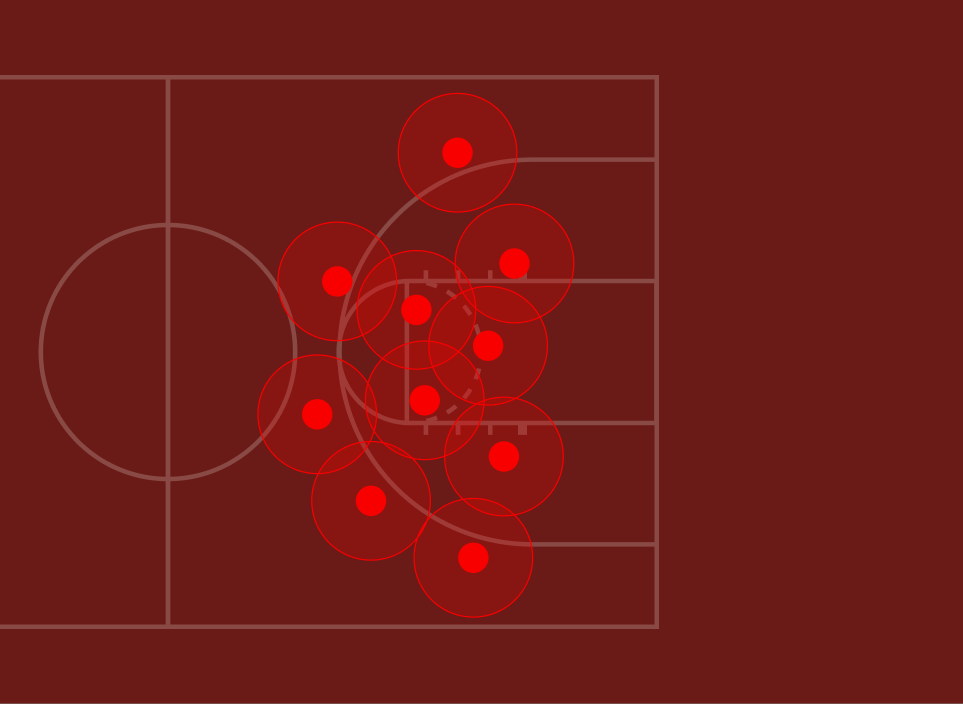
As a result, contact has become an essential part of several technical elements and even more so, tactical strategies. Even in cases such as off-ball running in offense, guarding an opponent without a ball, or playing perimeter defense on a player in ball possession can result in heavy contact situations such as screens, pushing in the paint, bumping and similar. Furthermore, actions that present high contact and strength utilization are plays like battle for positioning in the paint, low-post offense, low-post defense, penetration to basket with contact, box out or positioning for rebound, setting screens, contact defense etc. Consequently, optimal strength levels are needed to endure the given environment. Other than loads imposed by external sources, a factor to consider is players’ mass and height/length or lever: which makes a simple deceleration, landing and/or catching a ball far from the center of gravity more demanding in comparison to some sports where athletes are morphologically smaller-sized.
Taking previously listed facts in consideration, a basketball player should be able to tolerate high loads imposed by internal and external stressors in a repeated and unexpected way, which means that a certain endurance capacity along the ability to generate force is very important. To avoid being misinterpreted, I am not referring to cardiorespiratory endurance. While basic aerobic endurance may have some credit to performance on the court, we have to emphasize that basketball is dominantly anaerobic sport with a large number of high-intensity actions and short breaks between them. So, what can we do in the weight room to improve our endurance performance on the court? Luckily, it is not necessary to perform a huge number of repetitions and sets to enhance mentioned. Lately, strength training with high loads has shown to have a good effect on movement economy and endurance performance (Rønnestad, 2014) which is another reason why it should be highly regarded.
It is therefore crucial to have quality resistance training with high and moderate loads in our training programs. Prevention-wise and performance-wise it is absolutely an essential part of physical preparation for basketball.
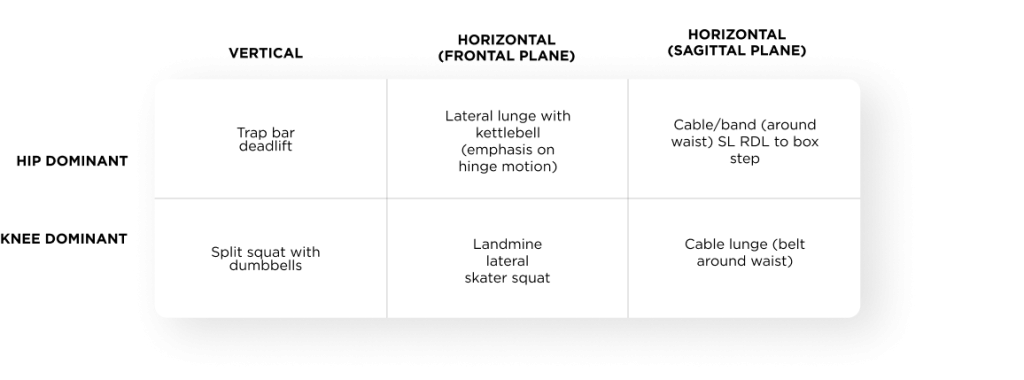
Weight room guidelines
Basketball is a sport in which both lower and upper parts of the body are frequently used. While legs mainly perform robust movements like decelerations and accelerations, jumps, changes of direction and so on – arms and therefore shoulders are in charge of most fine specific movements such as shooting, passing, and dribbling. However, lower extremities are not the only part of the body producing powerful movements, upper extremities are also a part of very significant and impactful explosive actions that take place in a basketball game. Some of them are quick passes, baseball passes, one or two-handed dunks, crossovers, defensive blocks, or sometimes even steals. Based on the listed, both upper and lower body segments require diverse resistance training, from high-resistance strength oriented to low-resistance velocity-oriented one.
In majority of basketball actions there is a movement pattern that includes a coordinated integration of lower and upper limbs, that is facilitated by torso stiffness (McGill, 2014). Movements I refer to are for example pivot moves of a center, crossovers, single leg jump to layup, jump-shot, rolling, euro step move, and similar. In order to develop power in such specific movements it would be beneficial to perform exercises with neuromuscular emphasis that unite the kinetic chain. Exercises like landmine rotational jerk, cable rotational row, and med ball lateral bound to throw could give a good transfer, both long-term or as a pre-game nervous stimulus. When it comes to strengthening an isolated part of the body, whether the goal is to decrease a deficit or simply to gain fundamental strength in that muscle/joint, a neuromuscular exercise that integrates a kinetic chain might not be an optimal solution. Such choice of a stimulus is likely going to provoke compensation patterns and the weak muscle is not going to get the desired activation/time under tension. This idea goes in hand with “isolate to integrate” theory from Mike Boyle. According to the given theory, we need to strengthen the weak muscle in an isolated way in order to be able to integrate it in a more complex movement. To conclude, the highest efficiency of movement-based neuromuscular exercises is achieved when we aim to improve power in a certain movement, not isolated muscle strength. With that being said, it is logical that these movements need to be performed with the intent to exert maximal velocity, under the condition that the athlete possesses adequate control to safely perform such exercises.
As previously mentioned, torso stiffness plays a key role in the transfer of force through the body. There are a lot of game situations where a player is unexpectedly being pushed, especially with shoulders as a contact point, situations where receiving a strong pass is executed with arms fully extended vertically, or sometimes one arm only. These situations require high activation in torso muscles in order to retain optimal position and more importantly, avoid excessive stress on the spine. If a very fast pass (ball) is received while in the air with a single arm fully extended – given the fact that the ball is on average 620 g – it can be very demanding to maintain the ball possession and keep your spine safe. Thus, along with all the basic core exercises and DNS work, it should be useful to perform exercises with resistance in hands, away from the center of gravity, such as pallof press extending arms horizontally and vertically from diverse positions. Furthermore, progressions like chop and lift, advanced exercises like weighted pallof press with a plate or even more advanced like earthquake bar overhead high knee marches could prepare the athletes for such scenarios and minimize the risk of injury. To conclude, isometric exercises present a base for torso stiffness and therefore effective force transmission (Bolotin, 2016) but we have to keep in mind that manipulating factors such as body positions and perturbations are important for higher benefits. Also, core’s main function is to limit movement rather than totally shut it off, which implies that certain range of motion exercises should still be present in our training regimes.
To sum up, I will suggest a weight session structure with the corresponding example of exercises. In table 2, two separate sessions oriented by the kinetic chain involved are presented. Even though this program might not be a realistic scenario for the majority of weekly cycles, it will enable me to simplify the point for the purpose of this article. Each session contains one horizontally and one vertically oriented exercise for the upper body – in session A, we have a bench press oriented horizontally and a rotational landmine press oriented mainly vertically, in session B there is a pull-up with vertical and rotational cable row with a horizontal component. The goal of the proposed concept is to have a high-resistance exercises with basic movement patterns for the lower and upper body, a core exercise that enhances torso stiffness as a connecting link of upper and lower limbs, and a full-body exercise that is movement-oriented (high complexity) and integrates lower body, upper body, and core in one pattern that is executed with maximal velocity and moderate load. Execution of such weight session depends largely on the planned volume. In case it is the preseason, and the goal is to have high volume, it is not advisable to perform exercises for power development (such as listed movement-oriented ones) after previously performing a large number of reps and sets in the basic strength exercises. On the contrary, in case when in-season, we could pair the movement-based exercise with a heavy resistance one and make a contrast. Considering that in-season weight room sessions are limited, especially when there are 2 or more games per week, it is important to adapt the exercises and volume, based on the given scenario. Realistically speaking, in-season sessions are likely going to be a mix of anterior and posterior chain. Given the fact that this is already a simplified session, it would be optimal to keep the base (upper/lower/core/full body). Optional modifications could be therefore based on the addition of complementary exercises, volume, load, velocity of lift, the complexity of exercise etc.

References:
- Bolotin, A. & Bakayev, V. (2016). Efficacy of using isometric exercises to prevent basketball injuries. Journal of physical education and sport.
- Burgos, B. & Gillet, J. (2020). Strength training for basketball. Human Kinetics.
- McGill, S. M. (2014). Ultimate back fitness and performance. 5th edition. Waterloo, Canada: Backfitpro.
- Rønnestad, B. R. & Mujika, I. (2014). Optimizing strength training for running and cycling endurance performance: A review. Scandinavian Journal Of Medicine & Science In Sports.
- Suchomel, T. J., Nimphius, S. & Stone, M. H. (2016). The importance of muscular strength in athletic performance. Sports medicine, 10.
